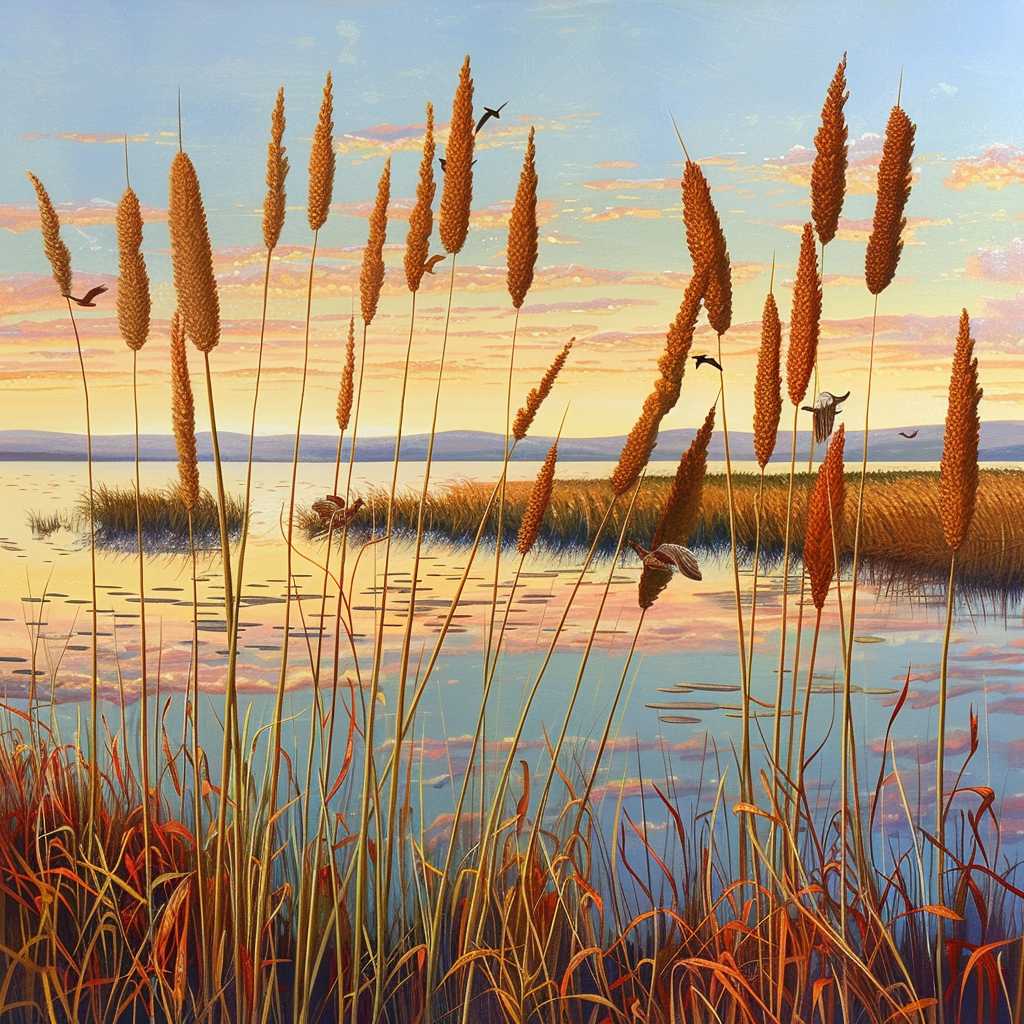Understanding Reed: The Versatile Plant with Numerous Applications
Reeds are a common sight along water bodies across various parts of the world. Known for their tall, slender stature and flexibility, reeds are not just a part of natural scenery—they play crucial roles in both ecosystems and human activities. This article discusses the various aspects of reeds, including their ecology, uses throughout history, contemporary applications, and their significance in culture and art.
Ecological Importance of Reeds
Reeds are typically found in wetlands – transitional zones between land and water where the water table is usually at or near the surface. They are well-adapted plants that can thrive in flooded soils, and their presence is vital for the environmental health of these areas. The ecological functions of reeds are multifaceted:
–
Water Filtration:
Reeds work as natural water filters. Their dense root systems trap sediments and absorb pollutants from the water, which helps to cleanse it.
–
Wildlife Habitat:
Wetlands with reed beds provide habitats for a vast array of wildlife. Numerous bird species nest among reeds, while their stems support various insects and amphibians. Fish also use reeded areas for feeding and shelter.
–
Soil Stability:
The roots of reeds bind soil together, which helps prevent erosion along riverbanks and shores of lakes.
–
Carbon Sequestration:
Reeds play a part in combatting climate change by capturing carbon dioxide from the atmosphere. Wetlands are among the most effective ecosystems for storing carbon.
Historical Uses of Reeds
Since ancient times, humans have made use of the versatility of reeds:
–
Construction:
As a building material, reeds have been used to form roofs (“thatching”) due to their robust and waterproof nature. They provide excellent insulation and have been a traditional roofing material in many parts of the world.
–
Transportation:
Historical records document the use of reeds in making boats or rafts. The ancient Egyptians were known to craft vessels from bundles of papyrus reed.
–
Paper Making:
One famous type of reed, papyrus, was processed and used by the ancient Egyptians as one of the earliest forms of paper.
–
Agriculture:
Farmers have also used dried reeds as bedding for livestock due to their absorbent properties and as fodder for certain animals.
Contemporary Applications of Reeds
In recent times, our use of reeds has continued to expand:
–
Wastewater Treatment:
Reed beds are implemented in modern wastewater treatment processes where they help remove contaminants from sewage naturally.
–
Bioenergy Crop:
Some types of reeds can be harvested to produce biomass energy through either direct burning or conversion into biofuels.
–
Crafts and Instrument Making:
The enduring practice around crafting items such as mats, baskets, and even musical instrument parts like saxophone or clarinet reeds showcases their applicability in arts and crafts.
–
Eco-Tourism:
Reedy landscapes attract bird-watchers and nature enthusiasts boosting eco-tourism opportunities.
Cultural Significance
As symbols, reeds have woven themselves into mythology and art:
– In ancient Mesopotamia, there were stories about deities living within huge masses of reeds.
– In literature, they often symbolize flexibility and resilience—attributes grounded in how real-life reeds bend with prevailing winds but rarely break.
– Visually, the slim silhouette tiers serene natural images perfect for reflection and are therefore featured prominently in paintings and photography that aim to convey tranquil themes.
Notes
Description for an image for this article
Image description: The horizon shows the gentle bends of tall slender reed plants extending skyward with brown feathery plumes atop green stalks. They stand by a tranquil body of water reflecting a palette of sunset colors, while a diversity of birds can be seen resting amidst their protective embrace. The foreground captures closer details within an expanse of welcoming wetland teeming with life, underscoring the ecological vitality these plants represent.
